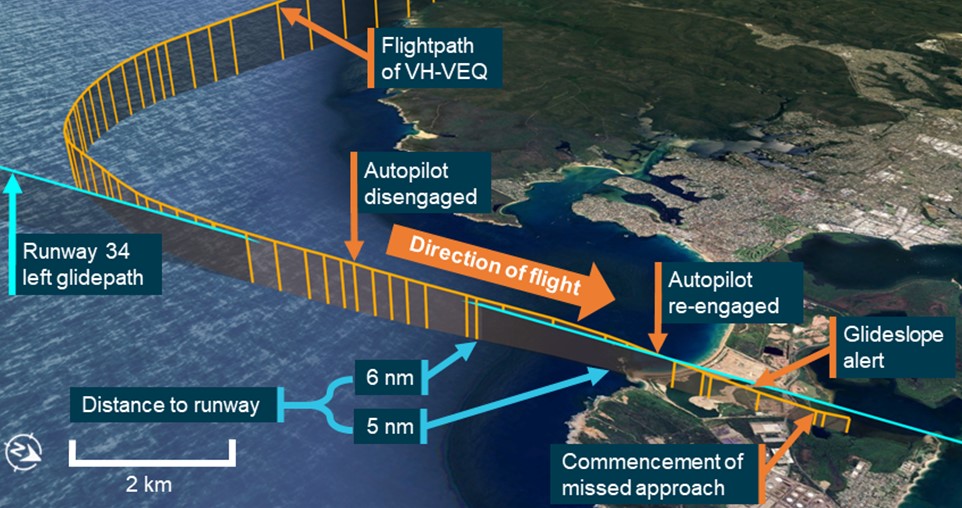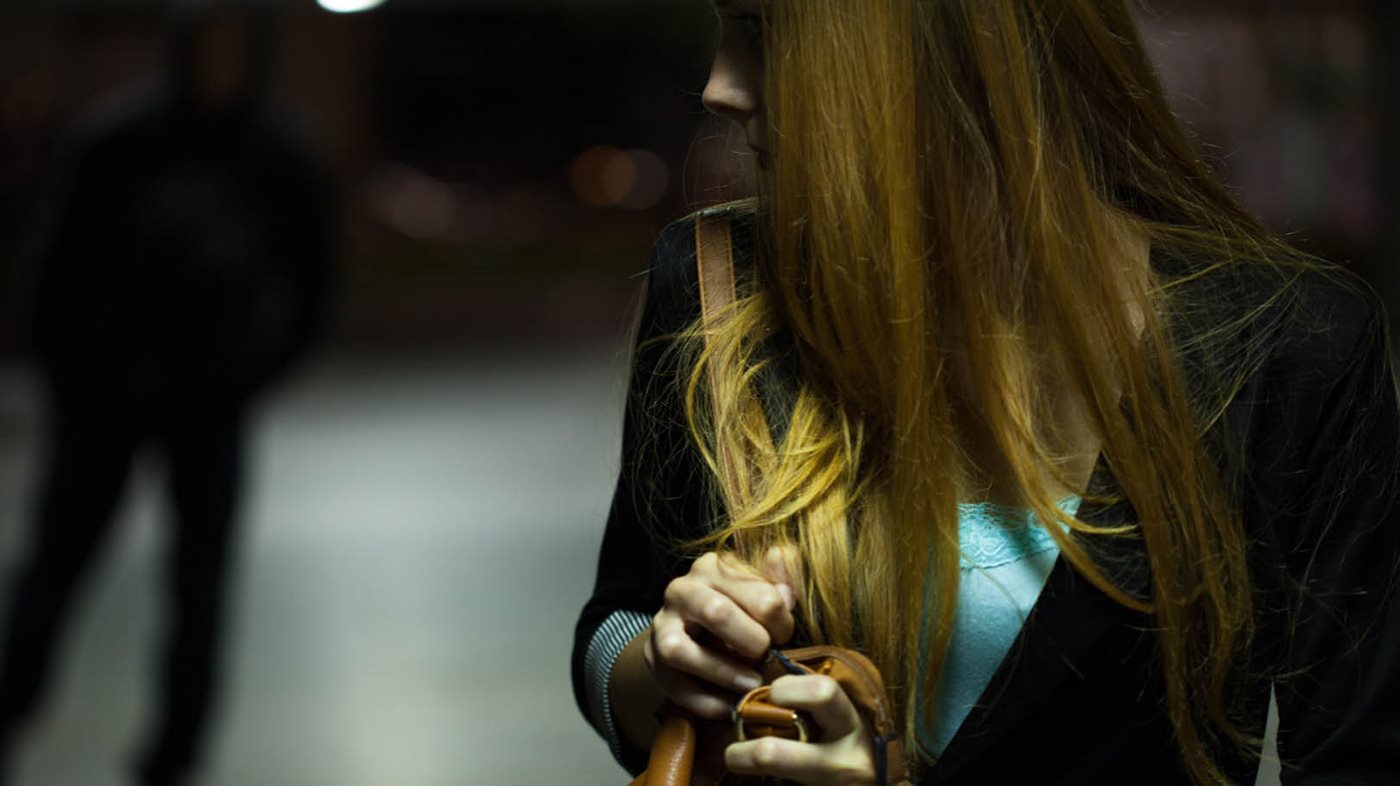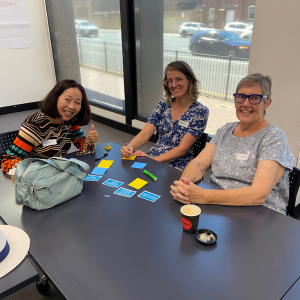Small and nimble Brown Antechinus were welcomed as the newest residents to North Head Sanctuary in Manly this week, where Australian Wildlife Conservancy (AWC) works in partnership with Sydney Harbour Federation Trust to restore and protect locally extinct species.
Two small carnivorous mammals took a scenic drive from Ku-ring-gai and Garigal National Parks to North Head, where they were microchipped for monitoring and carefully released into nest boxes at dusk. North Head’s newest residents are joined by 10 other individuals which were translocated to the sanctuary over the last month.
 Andrew Prochuk/AWC
Andrew Prochuk/AWCThe translocation of new individuals follows the successful reintroduction of the species to North Head Sanctuary in 2017 following decades of absence due to urban development, habitat fragmentation and predation by feral animals. Monitoring over the last five years revealed the reintroduced population’s presence at multiple locations across the sanctuary, and videos have captured them feeding on Banksia inflorescences – both positive signs of the species’ restoration to their former range.
“Last year, we found 11 new Brown Antechinus in small box traps and nest boxes on the headland. This sudden detection of a species previously only found on camera traps suggests to us that the population is becoming established – and they’re moving as far as the headland’s sheltered harbourside slopes,” said Viyanna Leo, Australian Wildlife Conservancy Senior Wildlife Ecologist. “We also recently trapped two female Brown Antechinus in November, both carrying seven to eight young respectively – the first individuals to be trapped at North Head carrying pouch young.”
“It’s exciting every time we encounter evidence that the reintroduced population is breeding successfully or moving across the sanctuary. However, it’s important that we introduce new individuals to the sanctuary to maintain genetic diversity and ensure we have enough males – who die after breeding – in the population. We expect our newcomers will find the sanctuary equally inviting and quickly contribute to the species’ growing population.”
 Andrew Prochuk/AWC
Andrew Prochuk/AWCExecutive Director of the Harbour Trust, Janet Carding said;
“We are delighted to be working with the Australian Wildlife Conservancy to boost the population of the Brown Antechinus in North Head Sanctuary.
North Head’s delicate ecosystem is home to a rich diversity of flora and fauna, and its preservation is central to the Harbour Trust’s mission. Protecting these species along with the other reintroduced populations of native Bush Rats and Eastern Pygmy Possums is so important.”
The Brown Antechinus is a small carnivorous mammal found along eastern Australia. It is considered the world’s smallest semelparous mammal with a surprising ‘big bang’ breeding strategy – in which the Antechinus engage in an energetic mating frenzy that leaves the males exhausted and near death. Males rarely survive for more than one intense breeding season.
 Andrew Prochuk/AWC
Andrew Prochuk/AWCAs a global leader in threatened species reintroductions, AWC along with Harbour Trust have successfully reintroduced Brown Antechinus to Sydney’s North Head Sanctuary, an area of high ecological value. The tiny predators joined 140 Bush Rats which were reintroduced in 2014 – 2016, as well as 42 Eastern Pygmy Possums reintroduced in 2016-2020.
Brown Antechinus can be found nesting in tree hollows during the day and emerge at night to prey upon insects, spiders, centipedes and small reptiles. They are considered important in the pollination of some Australian flowering plants, including the endangered ecological community of Eastern Suburbs Banksia Scrub found on North Head. Much like other Antechinus, they face a fragile future due to habitat loss and introduced predators.








